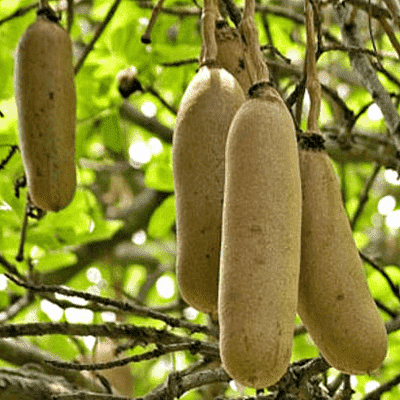
Sausage Tree, Kigelia Pinnata - Plant
(MRP Inclusive of all taxes)
- Shipping ₹79 for entire order
- Dispatch in 7 days
- Country of origin: India

(MRP Inclusive of all taxes)
 Save 29%
Save 29%
Air Purifier Money Plant with Pot The Air Purifier Money Plant, also known as Pothos or Epipremnum aureum, is a stunning indoor plant that...
View full details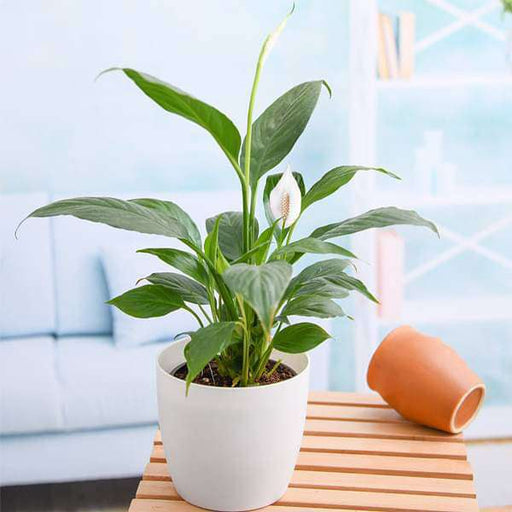
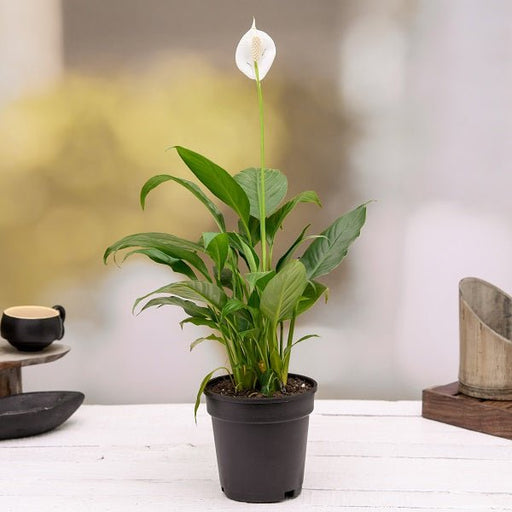 Save up to 15%
Save up to 15%
Peace Lily, Spathiphyllum - Plant The Peace Lily, scientifically known as Spathiphyllum, is a stunning houseplant celebrated for its elegant white...
View full details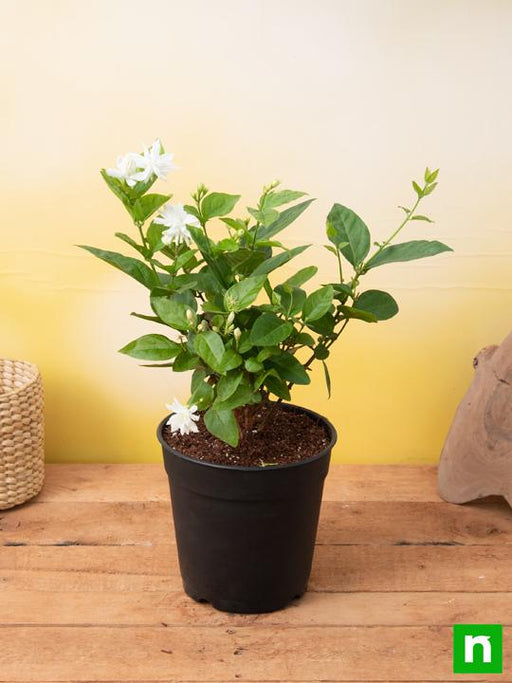
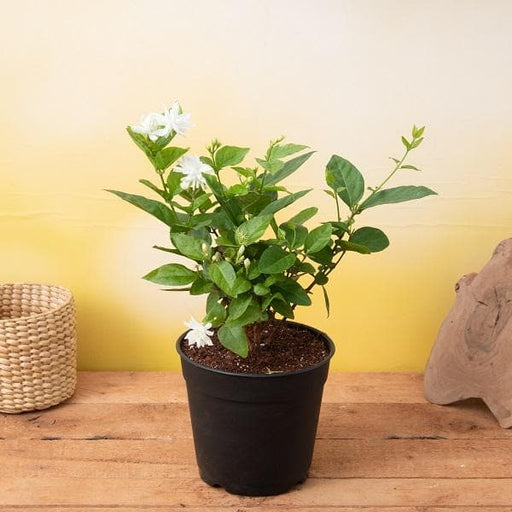 Save 25%
Save 25%
Jasminum sambac, Mogra, Arabian Jasmine - Plant Jasminum sambac, commonly known as Mogra or Arabian Jasmine, is a fragrant flowering plant...
View full details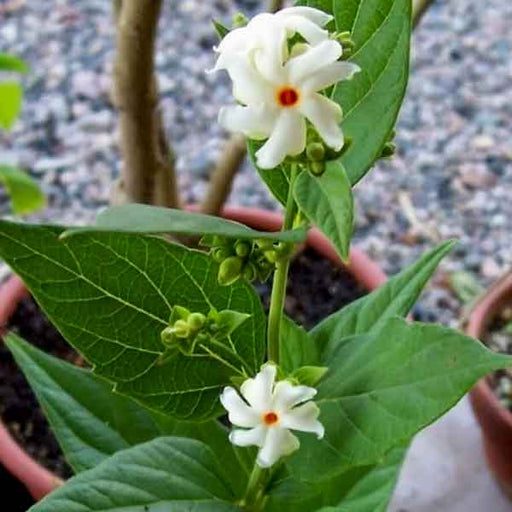
 Save 18%
Save 18%
Combo Constituents Includes the Parijat Tree (Night-Flowering Jasmine), a culturally significant plant with fragrant flowers. Description The Pari...
View full details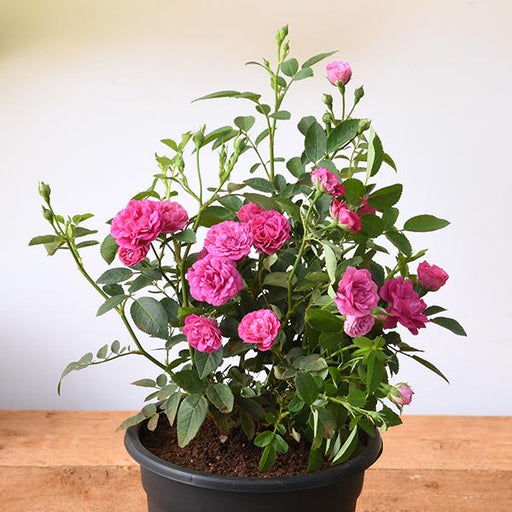
 Save 25%
Save 25%
Miniature Rose, Button Rose (Any Color) - Plant The Miniature Rose, also known as the Button Rose, is a charming and compact flowering plant that ...
View full details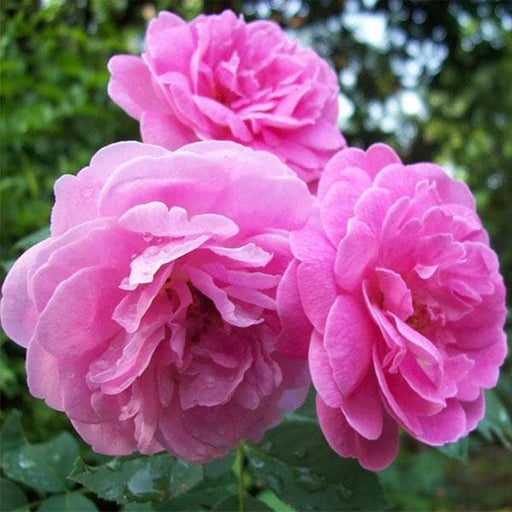 Save 25%
Save 25%
Damascus Rose, Scented Rose (Any Color) - Plant The Damascus Rose, also known as Rosa damascena, is a timeless symbol of beauty and romanc...
View full details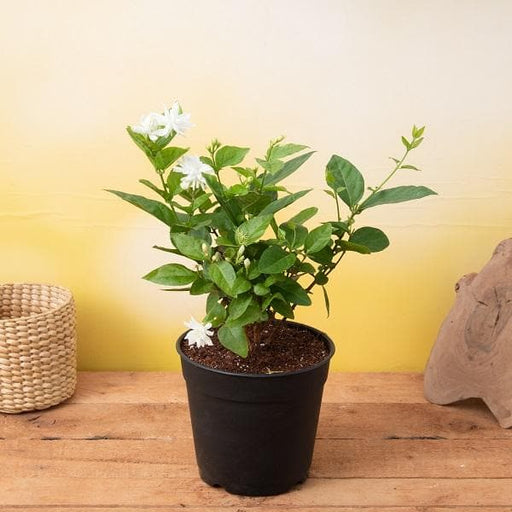
 Save 17%
Save 17%
Beautiful Fragrant Mogra, Arabian Jasmine Plant with Pot The Beautiful Fragrant Mogra, also known as Arabian Jasmine (Jasminum sambac), is...
View full details Save 15%
Save 15%
Pack of Vermicompost and Neem Cake for House Plants Transform your indoor garden with our premium Pack of Vermicompost and Neem Cake, spec...
View full details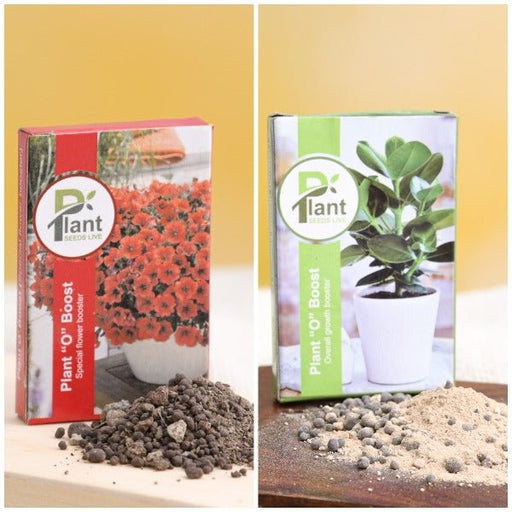
Pack of Plant Growth and Flower Boosters Unlock the full potential of your garden with our Pack of Plant Growth and Flower Boosters! This ...
View full details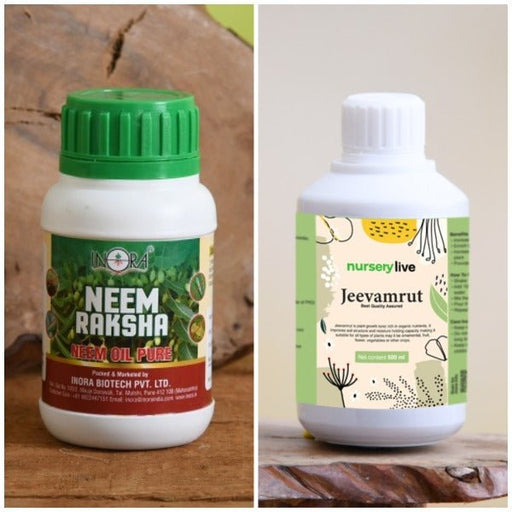 Save 38%
Save 38%
Combo of Jeevamrut and Neem Raksha for Easy Growth and Protection of Houseplants Transform your indoor garden with our exclusive combo of ...
View full details Save 22%
Save 22%
Plant Nutrients Kit (Pack of 16) for a Healthy Garden Transform your garden into a lush paradise with our Plant Nutrients Kit, featuring 1...
View full details Save 16%
Save 16%
Combo of Top Plant Fertilizers Elevate your gardening game with our exclusive Combo of Top Plant Fertilizers, featuring two bags of premiu...
View full details Save 24%
Save 24%
Pack of 4 Additives to Make Soil Healthy and Nutrient Rich Transform your garden into a thriving ecosystem with our Pack of 4 Additives de...
View full details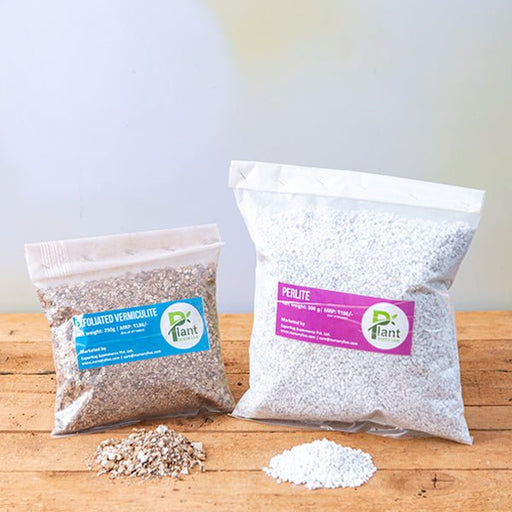 Save 30%
Save 30%
Transform your gardening experience with our premium Combo of Perlite and Vermiculite. This unique blend is designed to enhance soil aeration and ...
View full details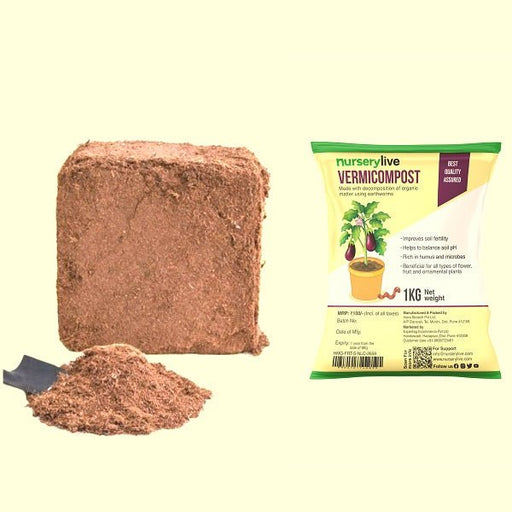 Save 27%
Save 27%
Combo of 2 Vermicompost and Cocopeat - Enrich Your Soil Naturally! Transform your garden into a thriving ecosystem with our Combo of 2 Ver...
View full details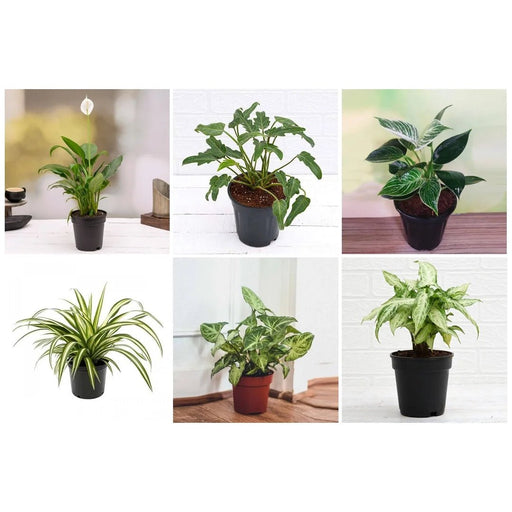
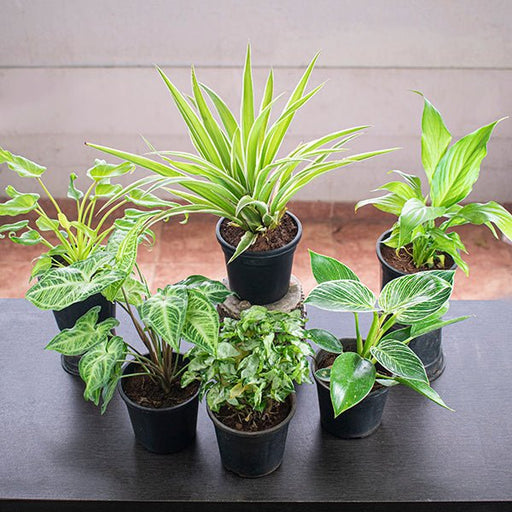 Save 35%
Save 35%
Best 6 Plants for Perfect Indoor Garden Transform your living space into a lush oasis with our curated collection of the Best 6 Plants for a...
View full details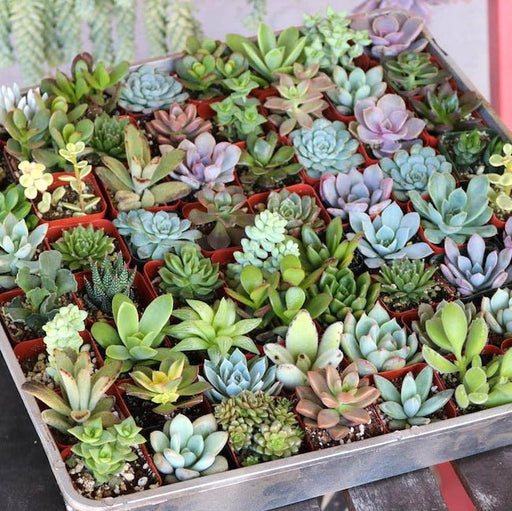
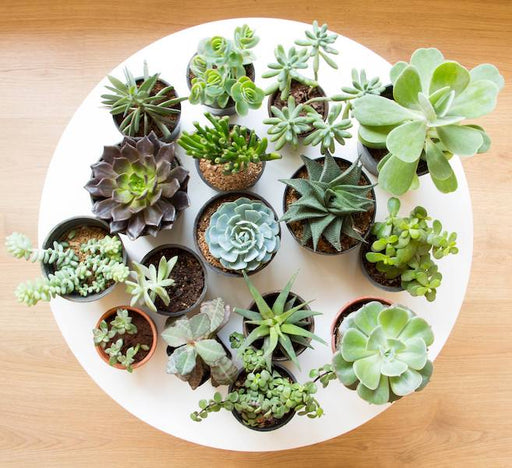 Save up to 50%
Save up to 50%
Mini Succulent Garden Pack Transform your space with our Mini Succulent Garden Pack, featuring a delightful collection of 4 any variety beautiful s...
View full details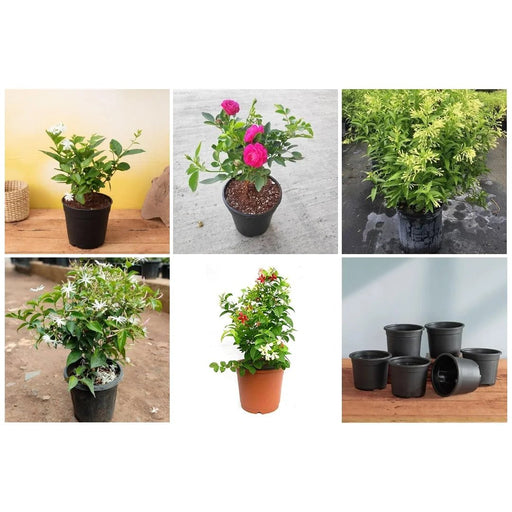
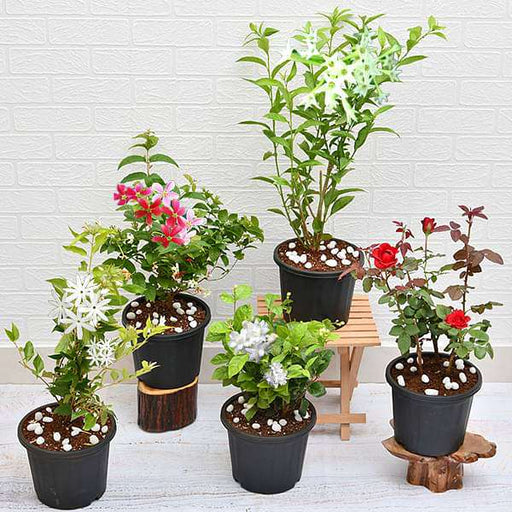 Save 30%
Save 30%
5 Best Fragrant Plants Transform your garden or indoor space into a fragrant paradise with our curated selection of the 5 Best Fragrant Plants. Th...
View full details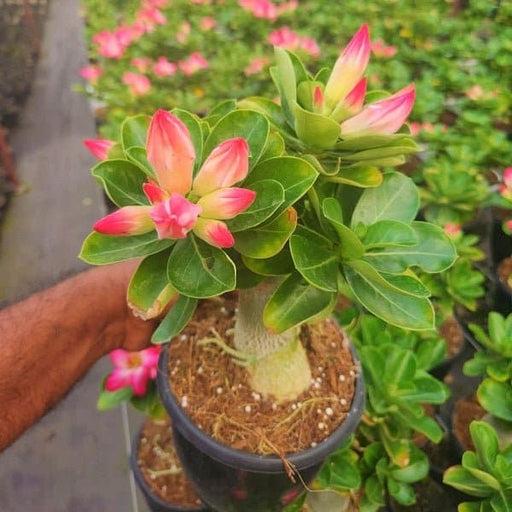
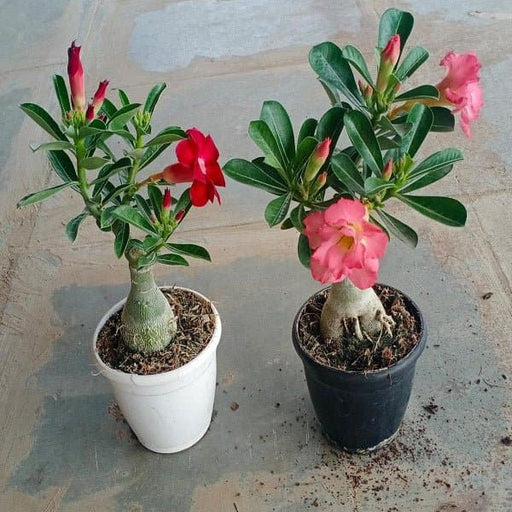 Save 24%
Save 24%
Set of 2 Bonsai Looking Grafted Adeniums Transform your indoor or outdoor space with our exquisite Set of 2 Bonsai Looking Grafted Adenium...
View full details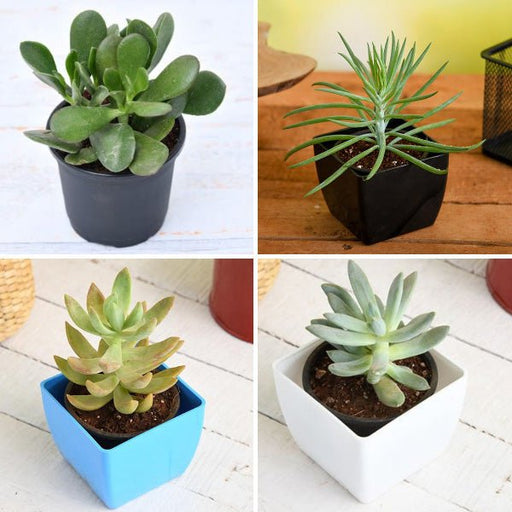 Save 45%
Save 45%
Top 4 Die Hard Succulents Pack Transform your indoor or outdoor space with our Top 4 Die Hard Succulents Pack, featuring a curated selecti...
View full details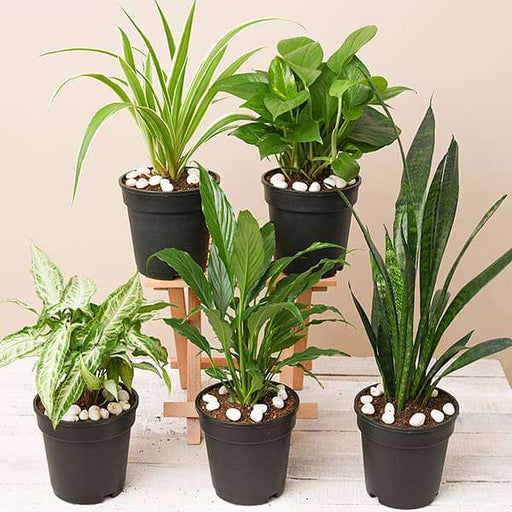
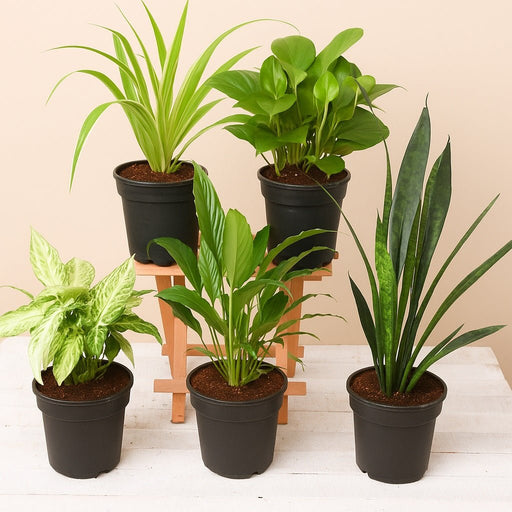 Save 30%
Save 30%
5 Best Indoor Plants Pack Transform your living space into a lush oasis with our '5 Best Indoor Plants Pack.' This carefully curated collection fe...
View full details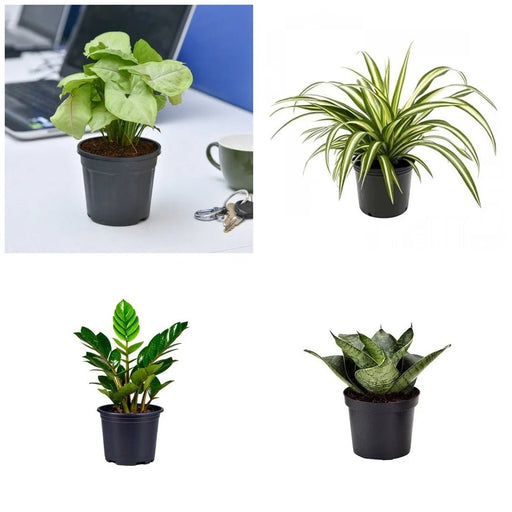
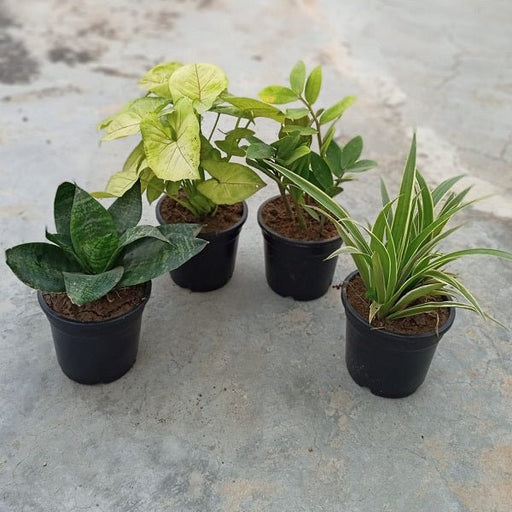 Save 25%
Save 25%
Set of 4 Evergreen Air Purifier Plant Pack Transform your indoor space into a lush, green oasis with our Set of 4 Evergreen Air Purifier Pla...
View full details| SrNo | Item Name |
|---|---|
| 1 | Sausage Tree, Kigelia Pinnata - Plant |
The Sausage Tree, scientifically known as Kigelia pinnata, is a striking tropical tree native to Africa, renowned for its unique, sausage-shaped fruits that can weigh up to 5 kg. This deciduous tree can grow up to 20 meters tall and features large, dark green leaves that create a lush canopy. The tree is not only visually stunning but also plays a vital role in its ecosystem, attracting various pollinators, including bats and birds, with its fragrant, bell-shaped flowers.
What makes the Sausage Tree special is its cultural significance and medicinal properties. Traditionally, the fruits have been used in African folklore and medicine, believed to have healing properties. The tree is also a habitat for numerous wildlife species, making it an essential part of its environment.
One of the most fascinating features of the Sausage Tree is its ability to thrive in poor soil conditions, making it an excellent choice for sustainable landscaping. Its unique fruit, which resembles large sausages, adds an exotic touch to any garden, while its flowers bloom at night, creating a magical atmosphere.
The Sausage Tree plays a crucial role in its ecosystem by providing food and habitat for various wildlife species. Its ability to thrive in poor soil conditions makes it an excellent choice for reforestation and sustainable landscaping efforts, contributing to biodiversity and soil health.
If you think the Sausage Tree is just a pretty face, think again! This botanical wonder, known scientifically as Kigelia Pinnata, offers a cornucopia of benefits. From its striking, sausage-shaped fruits that dangle like nature's own piñatas to its medicinal properties, this tree is a multitasker. The fruit is traditionally used in various cultures for skin ailments, while the tree itself provides shade and habitat for wildlife. So, whether you're looking to impress your friends with your exotic garden or seeking natural remedies, the Sausage Tree has got your back!
Caring for your Kigelia Pinnata is like nurturing a diva; it requires attention but rewards you with stunning beauty. This tree thrives in well-drained soil and loves a good dose of sunlight. Water it regularly, but don’t drown it—this isn’t a swimming pool party! Pruning is essential to maintain its shape and encourage growth, so channel your inner topiary artist. With a little love and care, your Sausage Tree will flourish, turning your garden into a tropical paradise.
The Sausage Tree is a true globetrotter, native to the African savannah but adaptable enough to make itself at home in various climates. It loves to stretch its roots in sandy or loamy soils, often found near rivers and wetlands. This tree is not just a pretty sight; it plays a vital role in its ecosystem, providing food and shelter for birds and insects. So, if you’re looking to create a wildlife-friendly garden, planting a Kigelia Pinnata is like rolling out the red carpet for nature’s VIPs.
The fruit of the Sausage Tree is as intriguing as its name suggests. Resembling oversized sausages, these pendulous delights can grow up to 3 feet long! While they may look tempting, don’t be fooled; they’re not for snacking. Instead, they’re often used in traditional medicine and can even be fermented into a local brew. Their unique appearance makes them a conversation starter, so be prepared for guests to gawk and ask, “What on earth is that?”
The uses of Kigelia Pinnata are as diverse as its fan club. Beyond its ornamental appeal, the Sausage Tree has been a staple in traditional medicine for centuries. Its bark, leaves, and fruit are used to treat various ailments, from skin conditions to digestive issues. Additionally, the tree’s wood is prized for its durability, making it a favorite among craftsmen. So, whether you’re a herbalist or a DIY enthusiast, this tree is your new best friend.
The Sausage Tree is a romantic at heart, relying on nocturnal pollinators like bats and moths to do its matchmaking. Its large, fragrant flowers bloom at night, enticing these creatures with their sweet scent. Once pollinated, the tree produces its iconic sausage-shaped fruits, ensuring the cycle of life continues. So, if you’re planting a Kigelia Pinnata, consider it a love letter to the night critters that keep the ecosystem buzzing!
If you’re impatient for instant gratification, the Kigelia Pinnata might test your patience. This tree has a moderate growth rate, taking a few years to reach its full height of up to 50 feet. But don’t fret! With the right care, it’ll reward you with a stunning canopy and those eye-catching fruits. Just think of it as a long-term investment in your garden’s aesthetic appeal. Good things come to those who wait, right?
Incorporating the Sausage Tree into your landscaping is like adding a splash of exotic flair to your garden. Its unique shape and striking fruits make it a focal point that will have your neighbors green with envy. Whether you’re creating a tropical oasis or a whimsical garden, the Kigelia Pinnata fits right in. Just be sure to give it enough space to spread its branches and show off its sausage-shaped treasures!
Propagating your own Kigelia Pinnata is like playing plant matchmaker. You can start from seeds or cuttings, but patience is key. Seeds need a little pampering—soak them overnight and plant them in well-draining soil. If you’re going the cutting route, make sure to choose healthy stems and keep them moist. With a bit of luck and care, you’ll soon have a mini forest of Sausage Trees to call your own!
The Sausage Tree isn’t just a pretty plant; it’s steeped in cultural significance across Africa. Many communities regard it as a symbol of fertility and healing, often incorporating its parts into traditional rituals. The fruit is sometimes used in ceremonies, while the tree itself is a gathering place for storytelling and community bonding. So, when you plant a Kigelia Pinnata, you’re not just adding greenery; you’re embracing a rich tapestry of cultural heritage.
Like any diva, the Sausage Tree can attract its fair share of pests. Aphids, caterpillars, and beetles may try to crash the party, but fear not! Regular inspections and natural pest control methods can keep these uninvited guests at bay. Neem oil and insecticidal soap are your best friends in this battle. With a little vigilance, your Kigelia Pinnata will remain the belle of the botanical ball, free from pesky intruders!
The Sausage Tree, scientifically known as Kigelia Pinnata, is a quirky tropical tree famous for its large, sausage-shaped fruits. Native to Africa, it’s not just a pretty face; it’s also a conversation starter at garden parties. Just don’t expect to grill those sausages!
Caring for a Sausage Tree is like nurturing a diva. It loves well-drained soil, plenty of sunlight, and occasional watering. Just remember, it’s not a fan of frost, so keep it cozy if you live in a chilly area. Treat it right, and it’ll reward you with stunning blooms!
Plant your Sausage Tree in a sunny spot with ample space to spread its branches. It’s like the social butterfly of the plant world, needing room to show off its beauty. Just make sure it’s not too close to your neighbor’s prized roses; they might get jealous!
While the name might suggest a barbecue delight, the fruits of the Sausage Tree are not for munching. They’re more of a decorative item than a culinary treat. However, they do have medicinal uses in traditional practices, so it’s a tree that’s both pretty and practical!
The Sausage Tree is a slow but steady grower, taking a few years to reach its full height of up to 20 meters. Patience is key! Think of it as the tortoise of the plant kingdom—slow and steady wins the race, eventually providing a stunning spectacle.
Planting a Sausage Tree is like adding a touch of exotic flair to your garden. It attracts pollinators, provides shade, and its unique fruits can be a talking point. Plus, it’s a low-maintenance tree, so you can spend more time sipping lemonade and less time gardening!
While it’s tempting to bring this tropical beauty indoors, the Sausage Tree prefers the great outdoors. It needs space to stretch its limbs and soak up the sun. If you’re determined, a large pot and a sunny window might do, but don’t expect it to thrive like a houseplant!
Good news for pet owners! The Sausage Tree is generally considered non-toxic to pets. However, that doesn’t mean your furry friends should munch on its fruits. They might find them intriguing, but it’s best to keep their snouts away from this peculiar plant.
Like any diva, the Sausage Tree can attract a few pests, including aphids and caterpillars. Regular checks and a gentle spray of insecticidal soap can keep these uninvited guests at bay. After all, no one wants a party crasher ruining their garden soirée!
Sausage Tree fruits can hang around for quite a while, often staying on the tree for several months. They’re like that friend who overstays their welcome but is still fun to have around. Just remember, they’re not for eating, so enjoy their quirky presence instead!
The Sausage Tree typically blooms in the warmer months, showcasing its stunning, trumpet-shaped flowers. These blooms are nocturnal, opening at night to attract pollinators like bats. So, if you’re a night owl, grab a snack and enjoy the floral show under the moonlight!
Absolutely! Propagating a Sausage Tree can be done through seeds or cuttings. Just remember, patience is key, as germination can take time. It’s like waiting for a fine wine to age—worth it in the end when you see your little tree flourish!